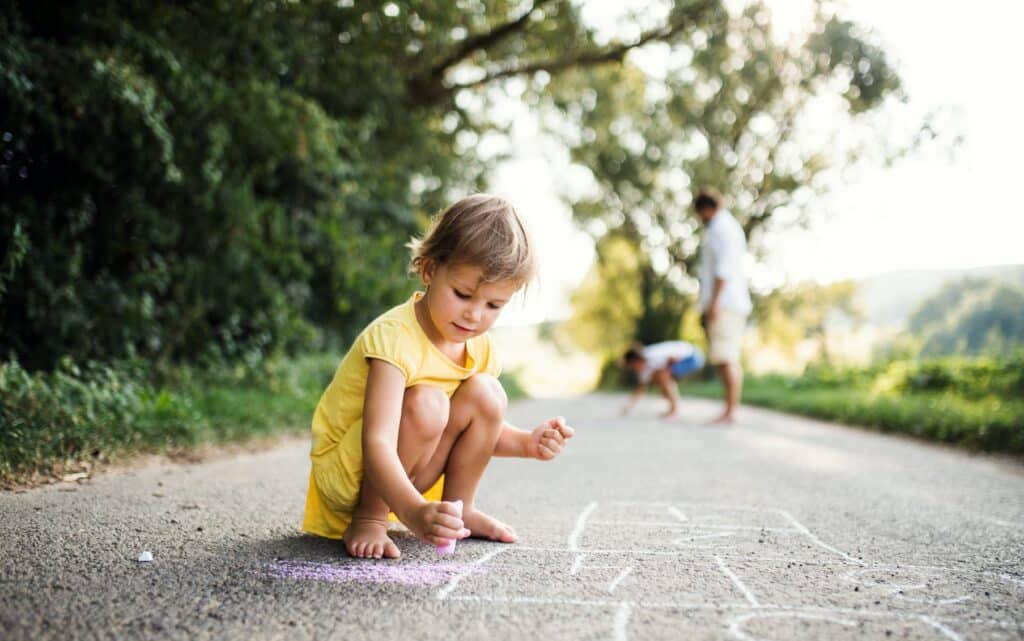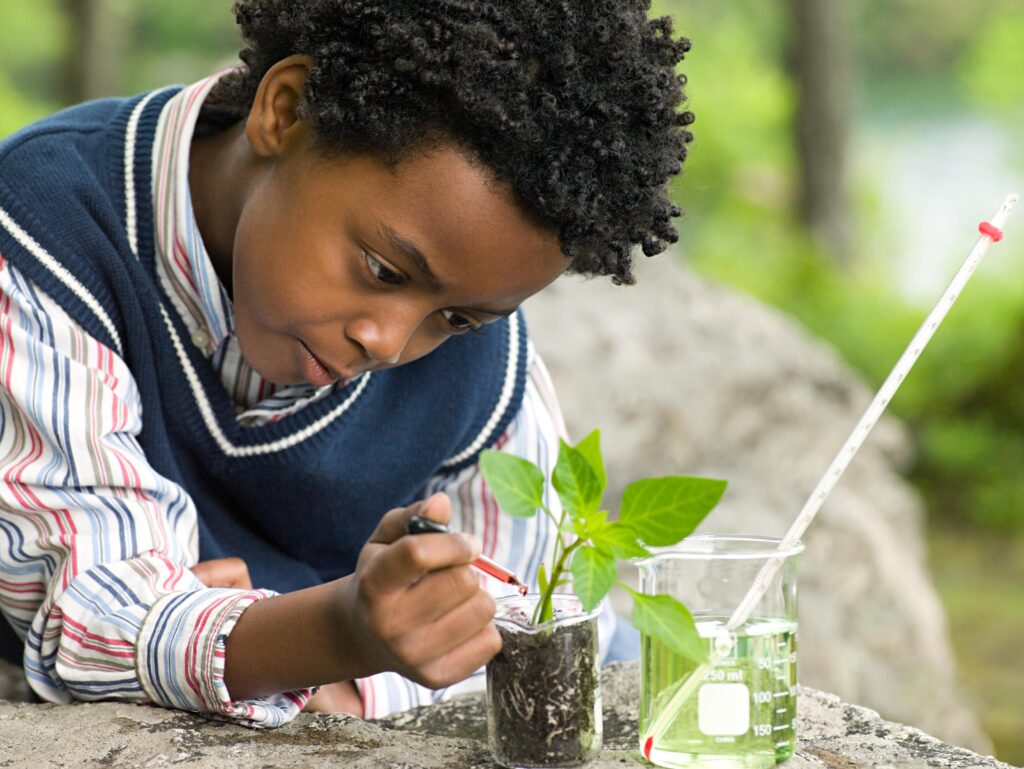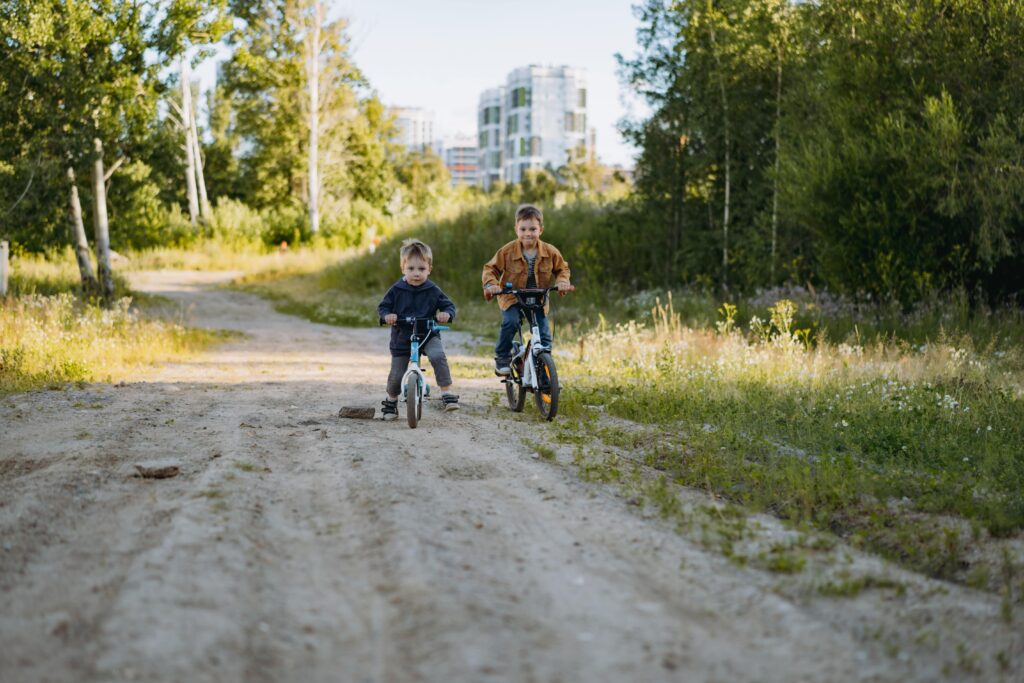
When can we truly say that we have learned something new?
If I give you a newspaper and myself the same newspaper, and we both agree to read every single word in detail, how likely is it that we will learn the same thing when we’re both done reading?
I would argue that it is not very likely.
So, what does it take for us to learn? And more importantly, how can we remember what we have learned?
This is where experiential learning comes into play. Experiential learning is a dynamic approach to learning that focuses on emotional factors, our local context, and our experiences.
In this article, we will explore what experiential learning is, why it’s important, and how to implement it in our training.
Simply put, experiential learning is the process of learning by doing or learning by experiencing.
It is an active approach to education that goes beyond traditional teaching methods. It involves hands-on experiences and encourages learners to reflect on their experiences. Bridging the gap between theoretical knowledge and practical application.
The principles of experiential learning are not much different from how we learn in everyday life. For example, we learn not to touch a hot stove or to never post a video of ourselves singing on Facebook by experiencing the consequences of our actions.
Although experiential learning has been around for centuries, it didn’t become an official educational technique until the 1970s when David A. Kolb developed the modern theory of experiential learning. He drew heavily on the work of John Dewey, Kurt Lewin, and Jean Piaget. According to this theory, learning is an inevitable product of experience.
Experiential learning can be implemented in all situations with people from various backgrounds, as it is based on where the participants are, their relationship with previous events, and where they want to be. Learning that is considered “experiential” contains elements such as reflection, critical analysis, opportunities for students to engage intellectually, creatively, emotionally, socially, or physically. It’s a designed learning experience that allows learning from natural consequences, mistakes, and successes.
In contrast to traditional learning methods that focus on rote memorisation, experiential learning emphasises the process rather than fixed outcomes. It recognises that ideas are malleable and can change through unique experiences. This shift in perspective challenges the conventional measure of learning success, emphasising lasting behavioural change, skill development, and the ability to adapt knowledge to varying situations.

Experiential learning is essential as it enables learners to tackle real-life problems within their local context. Authentic learning occurs when learners work on real issues, making a genuine difference. They are responsible for their learning and the outcome, which engages them at all levels.
Experiential learning challenges learners to think dynamically and is much more than just cognitive. It is an emotional immersion where learners become entirely immersed in the experience. This helps learners understand the world holistically and transform themselves.
Experiential education also allows for more creativity, encourages reflection and introspection, and helps learners grasp complex and abstract concepts. It prepares learners for future experiences, and teachers observe improved attitudes toward learning.
The Experiential Learning Theory, developed by David A. Kolb, is a widely recognised and influential framework that explains how people learn through experience. Since learning is the primary process used to navigate life, individuals can employ this process for all forms of learning, development, and change. Learning can occur in any setting and continues throughout life.
David Kolb described the ideal learning process in a four-step Experiential Learning Cycle:
The cycle begins with the learner having a concrete experience – either learning something brand new or experiencing something in a new way. It starts when a learner uses senses and perceptions to engage in what is happening.
The next stage of the cycle is critical, and it’s all about reflection. After having a concrete experience, the learner reflects on what happened and connects feelings with ideas about the experience.
After the learner has reflected on their concrete experience, it’s time to make sense of their experience and reflections. They may think about their next steps for improvement, develop a plan of action, or confide in an expert who can offer insight. The learner engages in thinking to reach conclusions and form theories, concepts, or general principles. This allows them to form new ideas or modify existing abstract ideas to take action afterwards.
The final stage of Kolb’s cycle is about acting on your previous reflections and thoughts. The learner tests the theory and applies what was learned to get feedback and create the next experience.
As a result of this active experimentation, the learner will have a new concrete experience, and the cycle will start again. By allowing learners to test their knowledge practically like this, you can ensure a higher retention of information.

An example of experiential learning in action could be learning how to ride a bike. In the “concrete experience” stage, the learner physically interacts with the bike in the “here and now.” This experience forms “the basis for observation and reflection,” and the learner can consider what is working or failing (reflective observation), formulate a generalised theory or idea about riding a bike in general (abstract conceptualisation) and think about ways to improve on the next attempt made at riding (active experimentation).
Most educators understand the vital role experience plays in the learning process. Educators have recognized the role of emotion and feelings as an essential part of experiential learning. While those factors may improve the likelihood of experiential learning, it can occur without them. What matters is that learners engage in the experience and then reflect on it. Here they use analytical skills to gain a deeper understanding of the new information and remember it for longer. Reflection is a critical element of experiential learning, which can be facilitated or done independently.
The way we experience things has a significant impact on how well we learn and remember new information. Most trainers agree with this, but many struggle to incorporate experiential learning into their course programs, especially in CRM courses and Human Factors training.
Often, trainers base their entire course around existing Crew Resource Management documents like CAP 737. Doing this is not a bad idea, but it may not be sufficient to bring about the changes we want to see in our students.
At NaviMinds, we focus on creating experiential learning activities that go beyond theoretical aspects. These are exclusive to NaviMinds and designed to promote reflection, create lasting impressions, and achieve personal changes over time.
Want to try some of these exercises in your training? Explore our selection of experiential learning activities here.
© 2024 NaviMinds – Designed by Aveo web&marketing